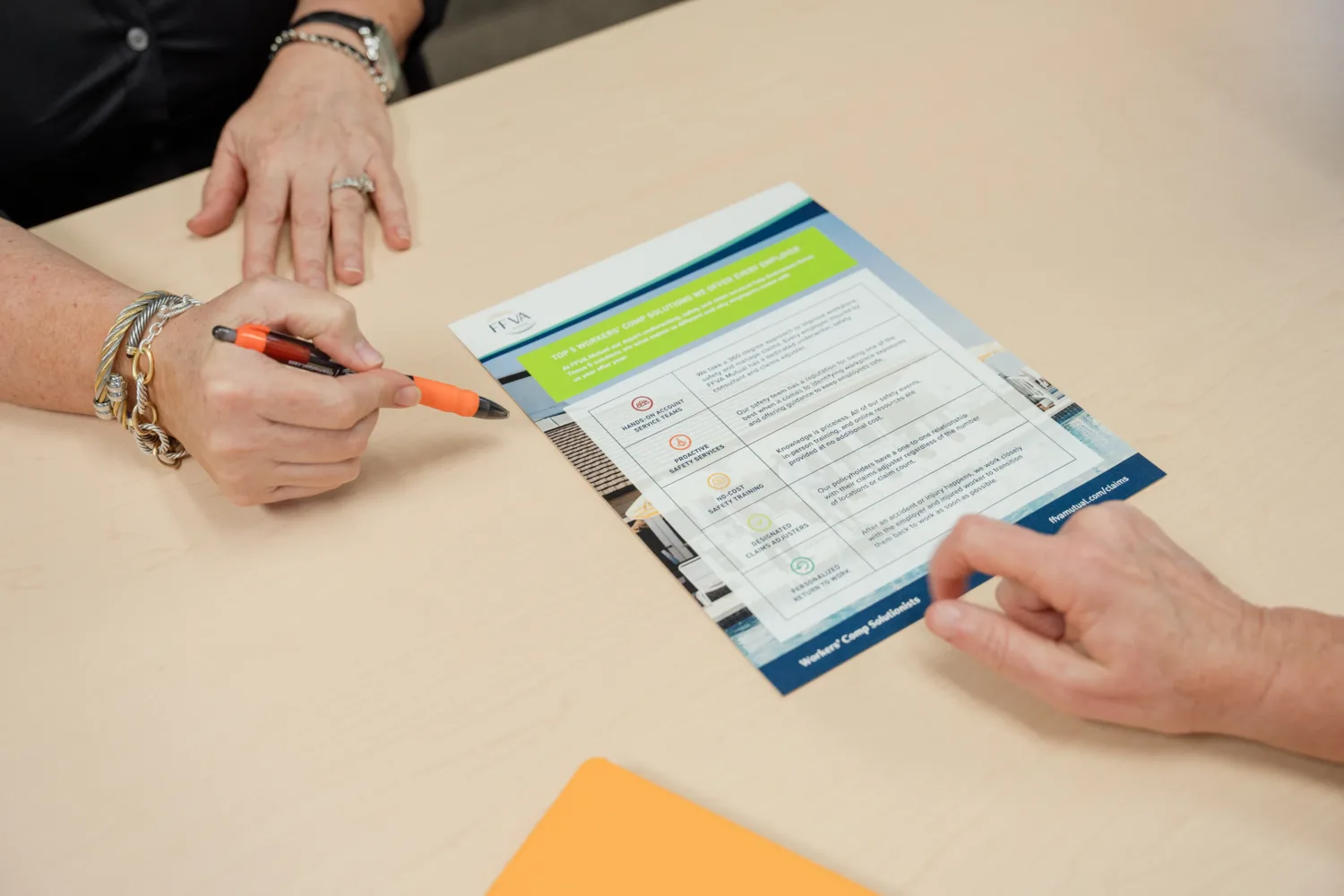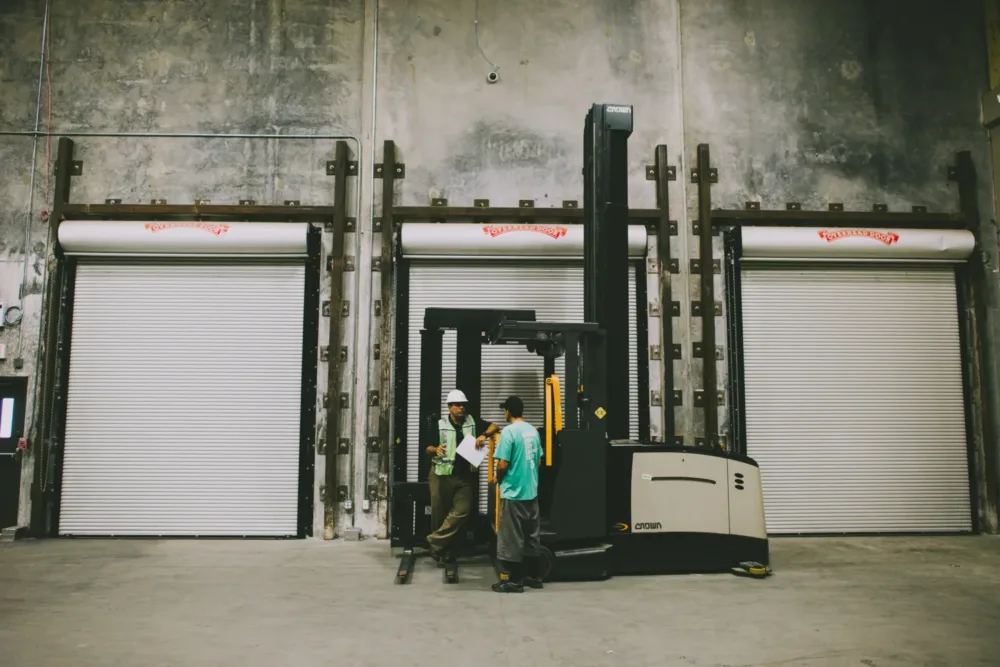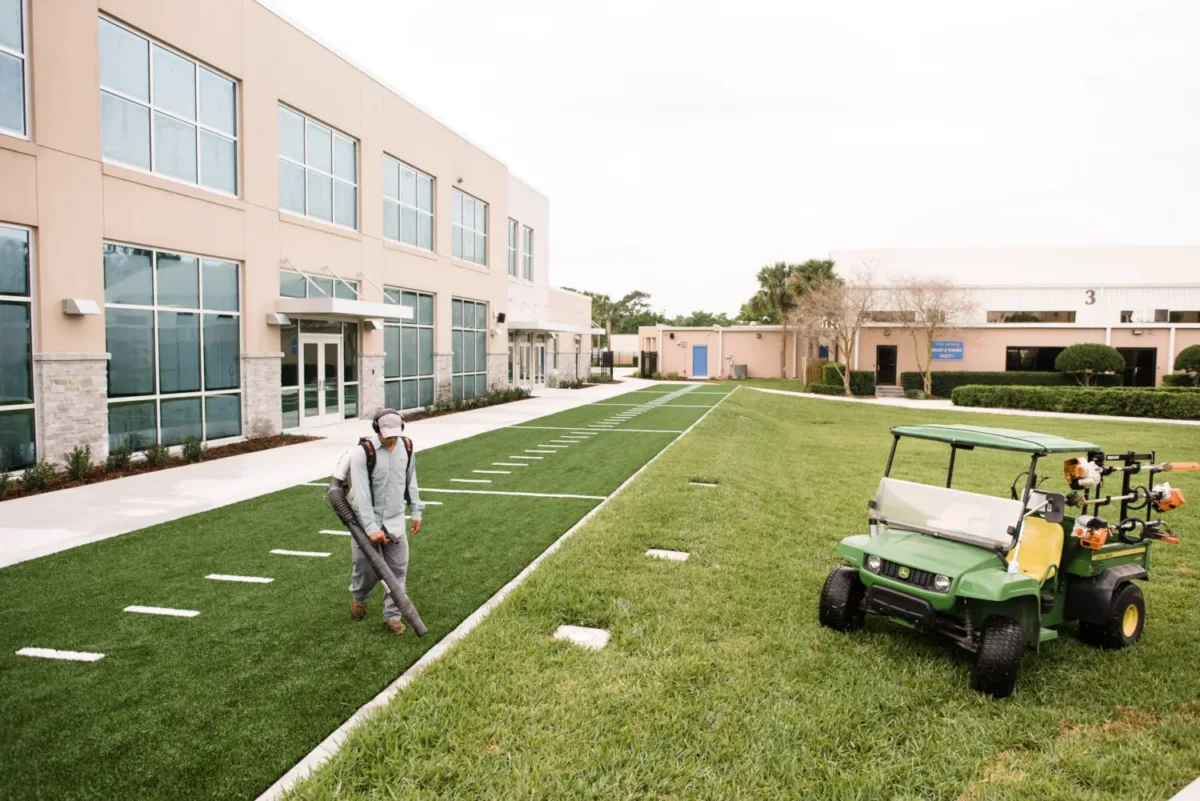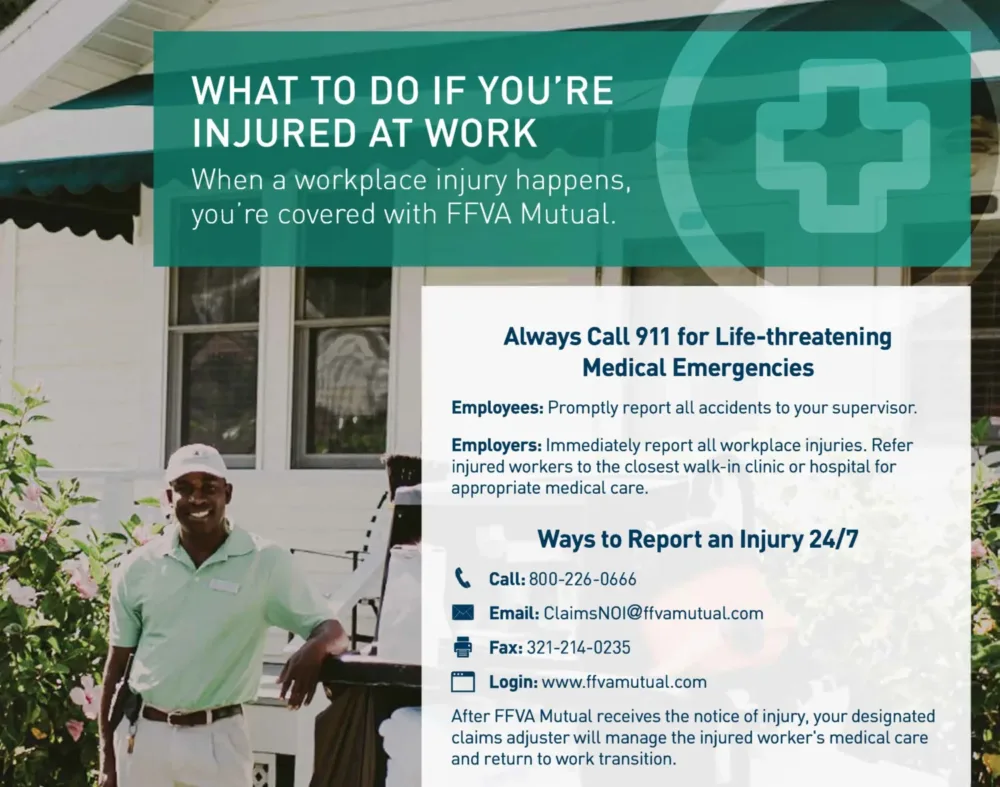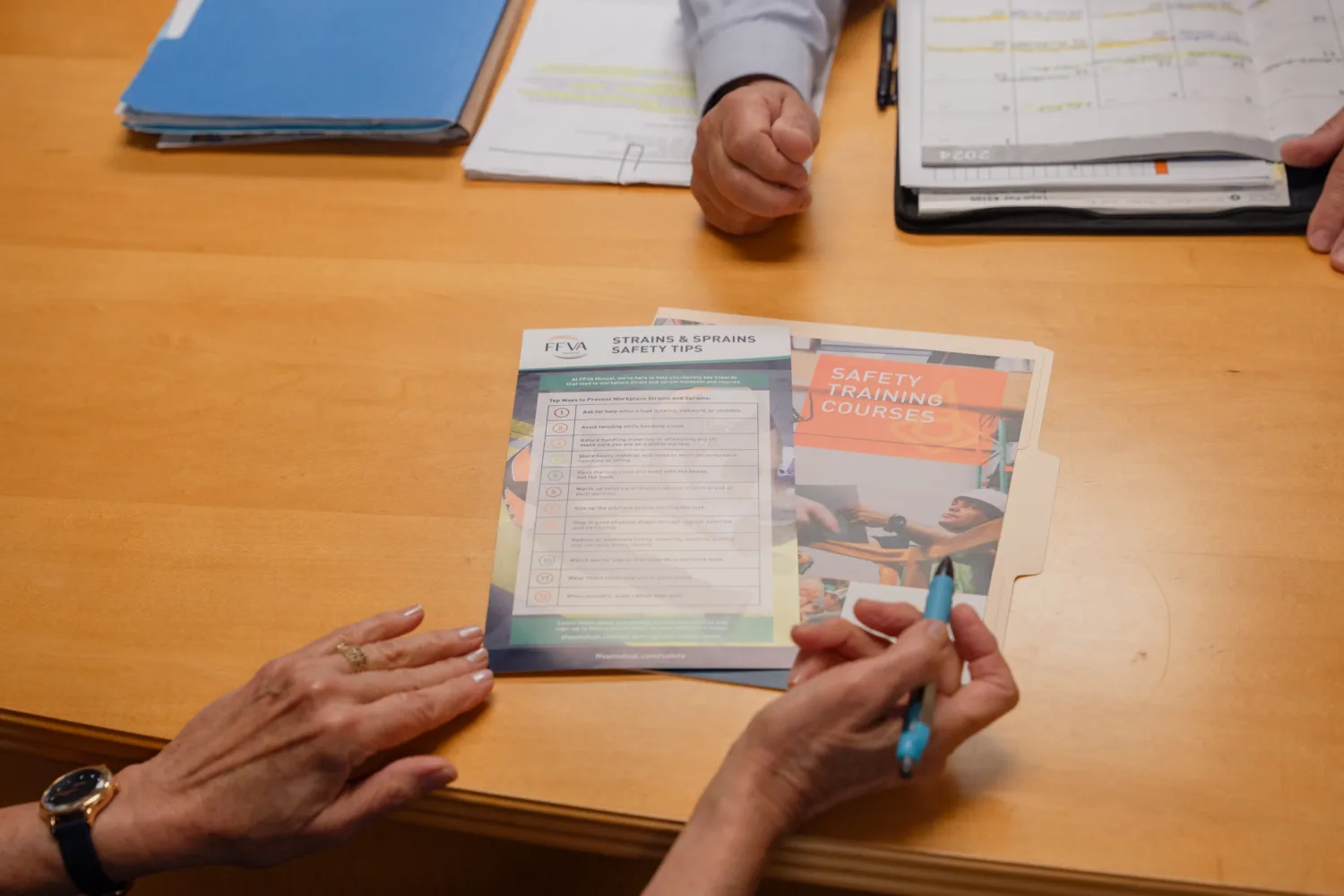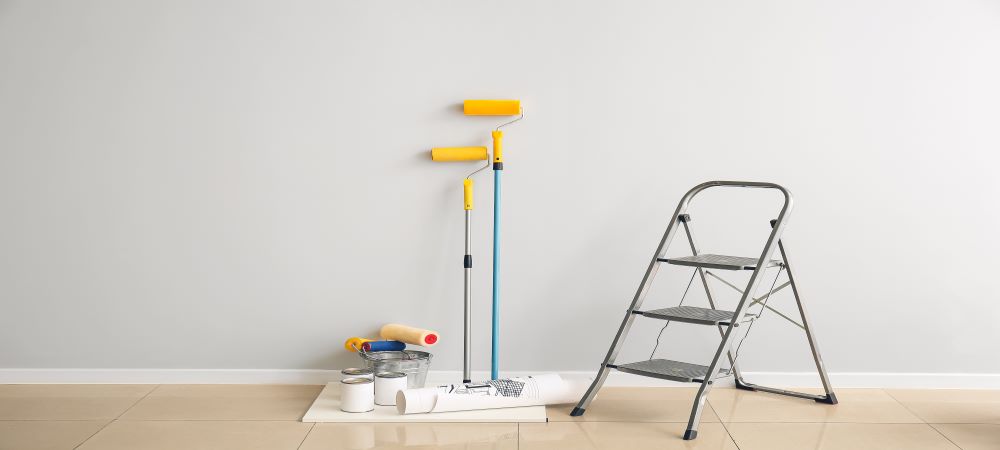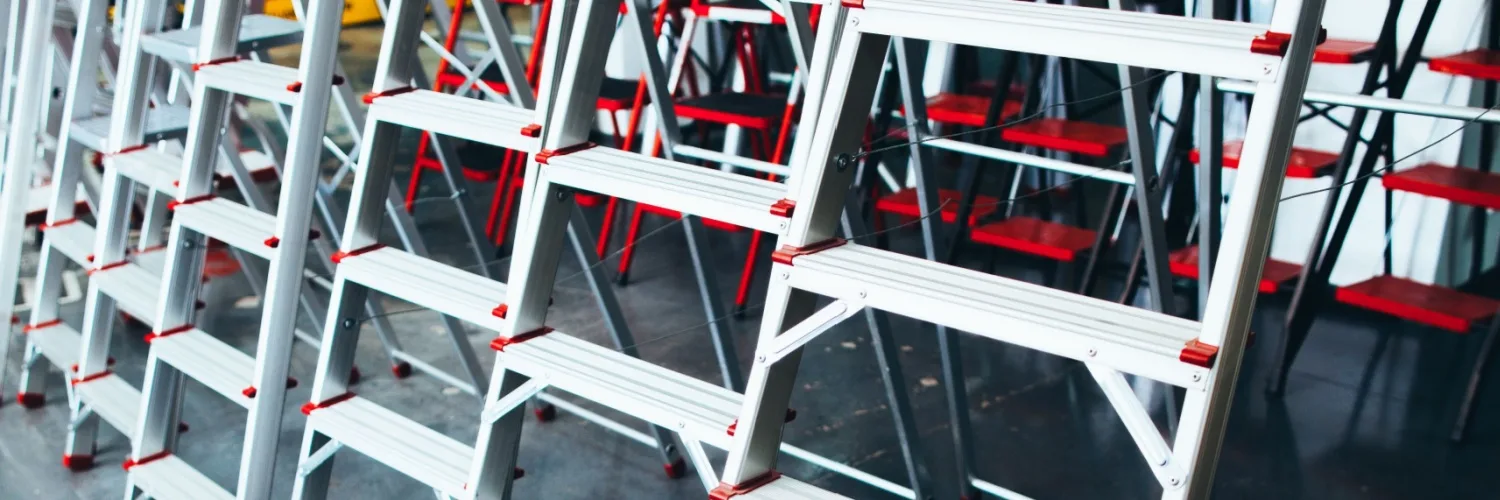Falls from ladders can happen anywhere, anytime and to the most cautious user. This is why following ladder safety tips is crucial. According to OSHA, falls from portable ladders (step, straight, combination and extension) are one of the leading causes of occupational fatalities and injuries.
Falls don’t just happen at the workplace. In the United States, more than 500,000 people every year are treated and about 300 people die from ladder-related injuries. According to the Centers for Disease Control and Prevention, the estimated annual cost of ladder injuries in the U.S. is $24 billion.
Whether you’re on a construction site or hanging holiday lights, safe ladder use starts with the basics. Follow these ladder safety tips to prevent accidents and protect yourself and your team.
Before Using a Ladder:
Choose the Right Ladder
Select a ladder suited to your task and environment. For example:
- Use fiberglass ladders near electricity
- Use step ladders on stable, level ground
- Use extension ladders for high or uneven surfaces
Using the wrong ladder type increases the risk of tipping, slipping or overreaching.
Check Your Equipment.
Before climbing on any ladder, it is important to check your equipment — this includes reviewing the ladder’s recommended usage and instruction labels for weight restrictions and height uses/requirements.
Ensure you’re on level ground and that the ladder is operating correctly. Note the highest acceptable step and make sure your ladder is tall enough (three feet taller than your required elevation) so you aren’t tempted to use the top step, which should be avoided.
Review Your Surroundings.
If you’re using your ladder outside, check local reports for weather or wind, or other potentially dangerous conditions that can hinder your ability to correctly use your ladder. When inside, set up the ladder away from doors or other hazards that could cause a fall.
Keep your working area clear of clutter or debris, including decorations, tools or other materials. When using a ladder, have a spotter at the bottom of the ladder to hold your position and ensure you are level.
Trust in Teamwork.
Sure, you could handle moving heavy boxes from an attic alone, but why not have some help? While it’s never recommended to have more than one person on a ladder at a time, have a spotter or base at the bottom of the ladder to hold your position and ensure you’re level. They can keep an eye on things from a perspective you don’t have when you’re engaged in your work.
To keep the top of your ladder clear of unattended tools, ask your spotter to hold or assist with handing up necessary equipment.
During Ladder Use:
Maintain Three Points of Contact
Always face the ladder and keep two hands and one foot (or two feet and one hand) on the rungs at all times. Avoid leaning or overreaching; instead, climb down and reposition the ladder. Keep your hands free by using a tool belt or a hand line to lift equipment. Ask a coworker or spotter for help if you need to reposition tools or materials.
Keep Calm (and Still)
Anytime you’re working on a ladder, be aware of your movements and body position. Never use your body weight to shift or walk a ladder when standing on it. It may take more time, but face the ladder and climb down, and always reposition from the ground rather than while on the ladder.
After Ladder Use:
When you’re done, close the ladder and store it in a dry, secure area. Wipe down the rungs to remove dirt or moisture, and keep the storage area clear of trip hazards. Regular maintenance extends your ladder’s life and ensures it’s ready for safe use next time.
Common Ladder Safety Questions
What are the five steps to ladder safety?
Inspect the ladder, choose the right type and height, place it on stable ground, maintain three points of contact and never overreach or stand on the top rung.
What is the 4-to-1 rule for ladders?
For every four feet of ladder height, position the base one foot away from the wall or support. This ensures proper ladder angle and stability.
What are some general ladder safety precautions?
Always inspect before use, face the ladder when climbing, stay centered, keep the area clear of clutter and avoid working in strong winds or poor weather.
Can I use a ladder near electrical lines?
Only use non-conductive ladders (typically fiberglass) near electrical sources. Metal ladders should never be used where contact with electricity is possible.
What’s the safest way to carry tools when climbing?
Use a tool belt or hoist tools with a hand line. Keep both hands free for climbing and descending.
Build a Safer Workplace With FFVA Mutual
At FFVA Mutual, we’re committed to helping employers reduce injuries through safety education, training programs and on-site resources.
Explore more safety toolkits and training guides to strengthen your safety culture and protect your team year-round.








